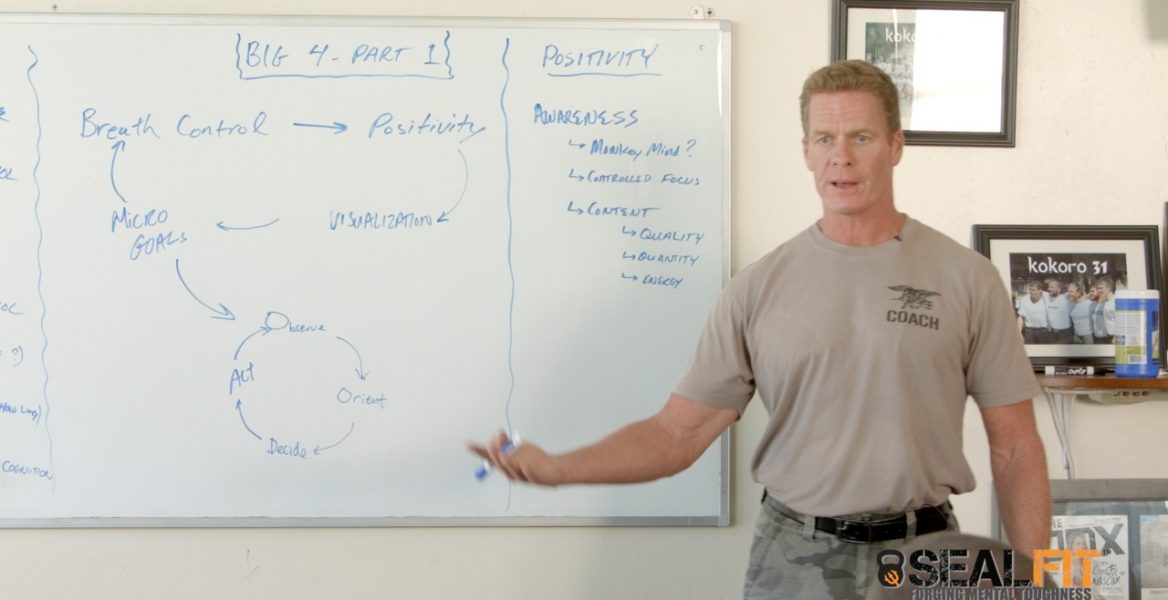How Often Should You Reevaluate Your Goals?
The best-laid plans…
No one can predict the future. Even if you’ve taken care to make your goals prudently and taken into account everything you could have known at the time, if you’re ambitious enough to set a good number of goals, eventually something will come along that made your previous deadline unrealistic. Athletes are just one wrong step from a long stay on the sidelines. Organizational shake-up or bad client news puts a project on the backburner. Enhanced job or family responsibilities decrease the time to chase our own dreams.
Of course, it’s not always bad news that forces us to reconsider our goals. If the weights suddenly feel lighter than you were expecting, or a surprise check comes in the mail, it’d be silly not to move up your debt-free date or push for even better performance.
Whichever direction your goal progress suddenly moves in, it’s important to have a framework in place that gives you a constant update on whether your goalposts need to move. One of our favorites is a process developed for split-second, life-and-death scenarios, but just as applicable to your five-year plan.
The OODA Loop
Created by Air Force Colonel John Boyd for aerial combat operations, the OODA Loop has been adapted for use in nearly every military, national security and public safety setting, as well as business, sports, and a host of other personal endeavors. Boyd observed that dogfighting involved a near-constant change in conditions and determined that success required a mindset that could quickly adapt to new information. As its name suggests, the OODA Loop is a constant cycle of Observing any changes in your situation,
Observe
This is the first and most important step: poking your head up and taking in new information. Your environment is constantly changing, both through your actions and due to forces beyond your control.
Ask yourself some questions:
- Has anything changed about my circumstances that might require me to revise my goals?
- What does my progress tell me about how achievable my targets are?
- Are there any new opportunities which would require a shift in focus?
The nature of your goals, and the kind of observations you’re looking for, should determine how often you should go on the lookout. Most fitness experts recommend waiting a week or two for results, but a sudden stabbing feeling is something to take note of. Likewise, you shouldn’t be reaching for the next rung of the ladder after one good day at work; it might be a good time to check the job board every day or so if you’ve had a sustained string of successes.
Orient
What’s important now?
Orientation is the process of synthesizing the new bit of information with the old worldview to form a new understanding of where you are. Boyd called this the most crucial phase of the loop, and it’s definitely the most complex.
Think about your real priorities. You can’t decide whether your goals need to be more ambitious, or to give yourself a little more time, until you’ve taken stock of your whole life, and where this fits in. For most of us, our family and career come first; a crisis or opportunity in those spheres might necessitate moving a pause in progress toward a financial milestone, or a revised fitness schedule that puts our target numbers a little further out. Even if a little more time or energy would get you to a personal goal much faster, it’s not an option if doing so would let you slip up.
Of course, this is also where you make sure the new information isn’t just a blip. A single off day at the gym is usually not the start of a trend; your financial plan should already account for a little tick in the red or black. The Orient phase is when you hold new observations up against the big picture, and see how big it looks in comparison.
Unlike the Observe phase, which can be fairly regularly scheduled, a new orientation is needed whenever there’s new information. Don’t risk one iota of your progress, or jeopardize your success entirely, by operating in a world gone by.
Decide
Armed with this new information, it’s time to devise a new plan of action, or to keep the old one. You’ve oriented yourself to the new post-observation reality, and it’s time to put your face back toward the horizon and figure out how to get where you’re going.
Is it time to get even more ambitious? To lay off and give some attention to some other part of your life? Is now just not the time for one of your goals? Figure that out now, and devise a new plan; alternately, keep on keeping on if the new information’s just not that important.
Act
You shouldn’t call this the “easy” part, but it’s the simplest one. It’s time to put into place the new plan you’ve been forming since the start of this process.
However, as you’ve learned, this doesn’t mean the process is over. Once you start putting into place your new plan of action, it’s time to start all over again. The OODA Loop is not a decision-making shortcut but a success algorithm you should have constantly running.
Leave a Reply cancel reply
You must be logged in to post a comment.




No Comments